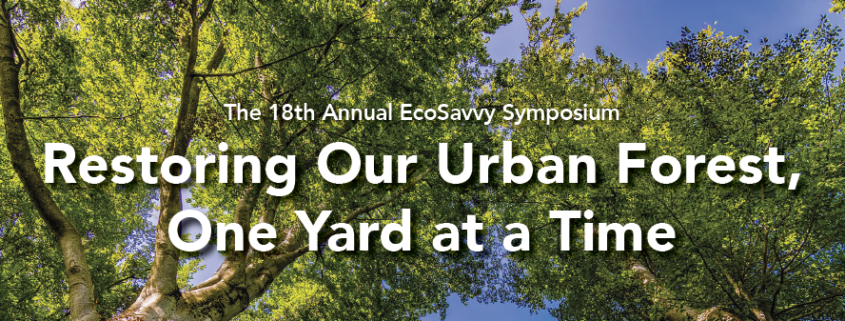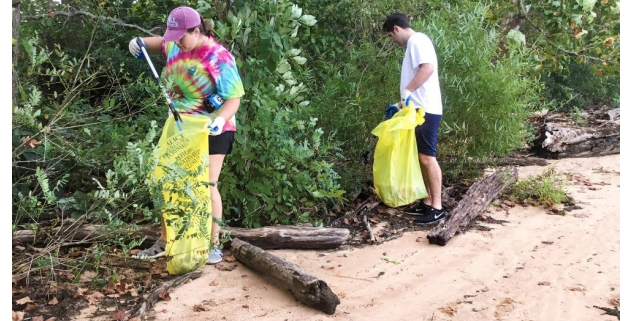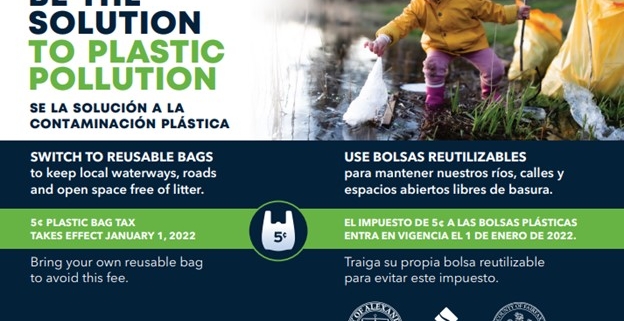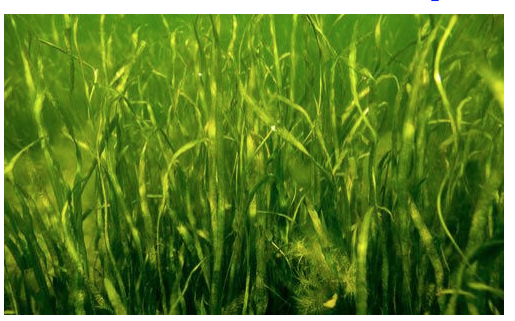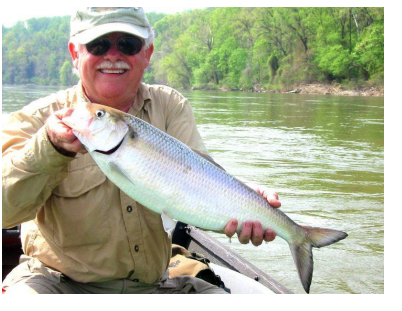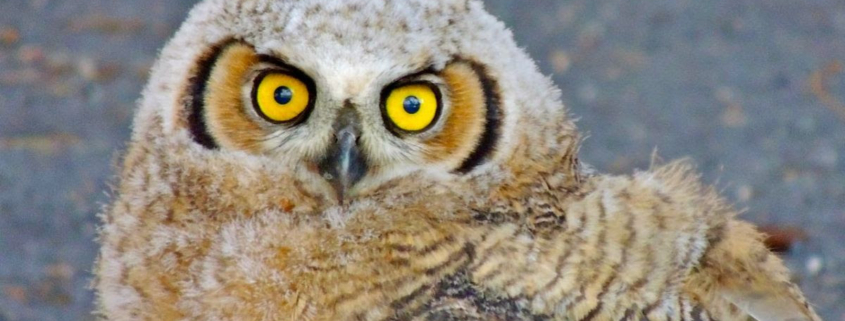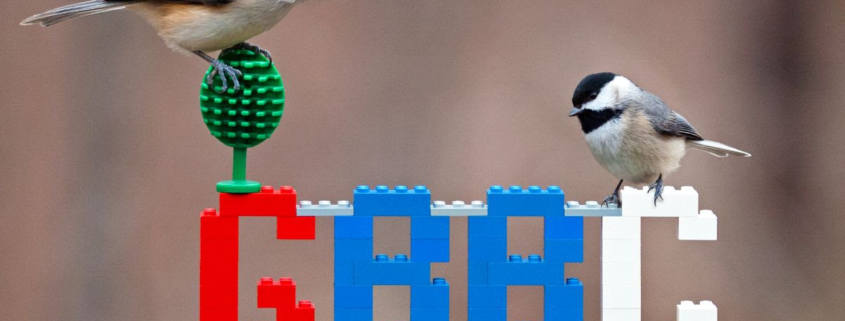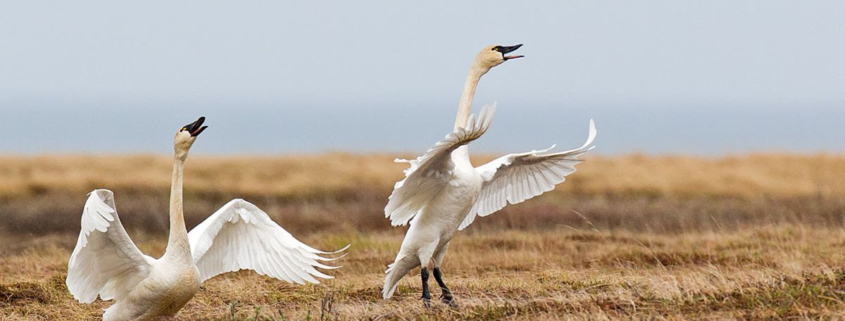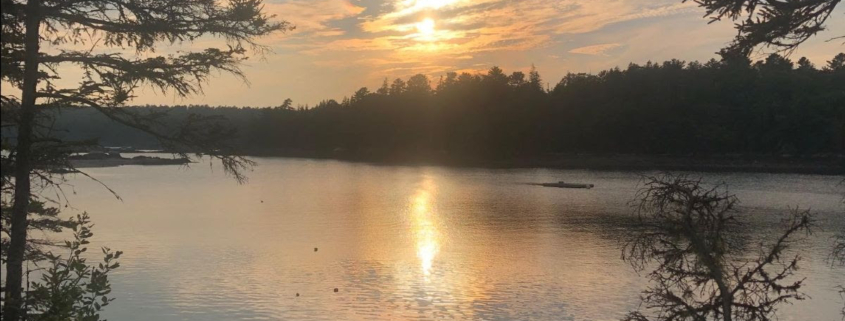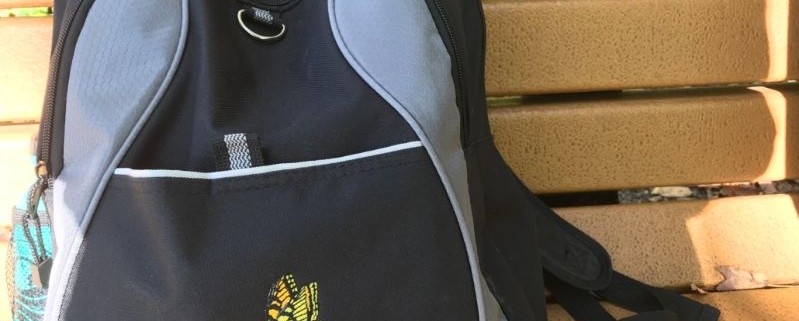EcoSavvy Symposium – Restoring Urban Forest, February 19th
Saturday, February 19, 2022
8:30 am – 12:30 pm
Online or in person at Green Spring Gardens, 4603 Green Spring Rd., Alexandria
Registration 703-642-5173 or online at www.fairfaxcounty.gov/parks/parktakes (enter code H7T.BET2)
Help restore our urban forests, one yard at a time. This program will help you understand the ecological imperative to preserve and grow our tree canopy. Learn what you can do to help improve the issue of tree canopy decline throughout the region, and learn steps you can apply in your community and in your own yard to reverse this disturbing trend. A Zoom link will be emailed before the event. This virtual program is also available in person.
Keynote Speaker: Eric Wiseman, PhD, Associate Professor of Urban Forestry and Director of Virginia Big Tree Program
Also featuring Jim McGlone, PhD, Virginia Department of Forestry, and Casey Trees of Washington, DC
Presented by: VCE Green Spring Master Gardeners.


